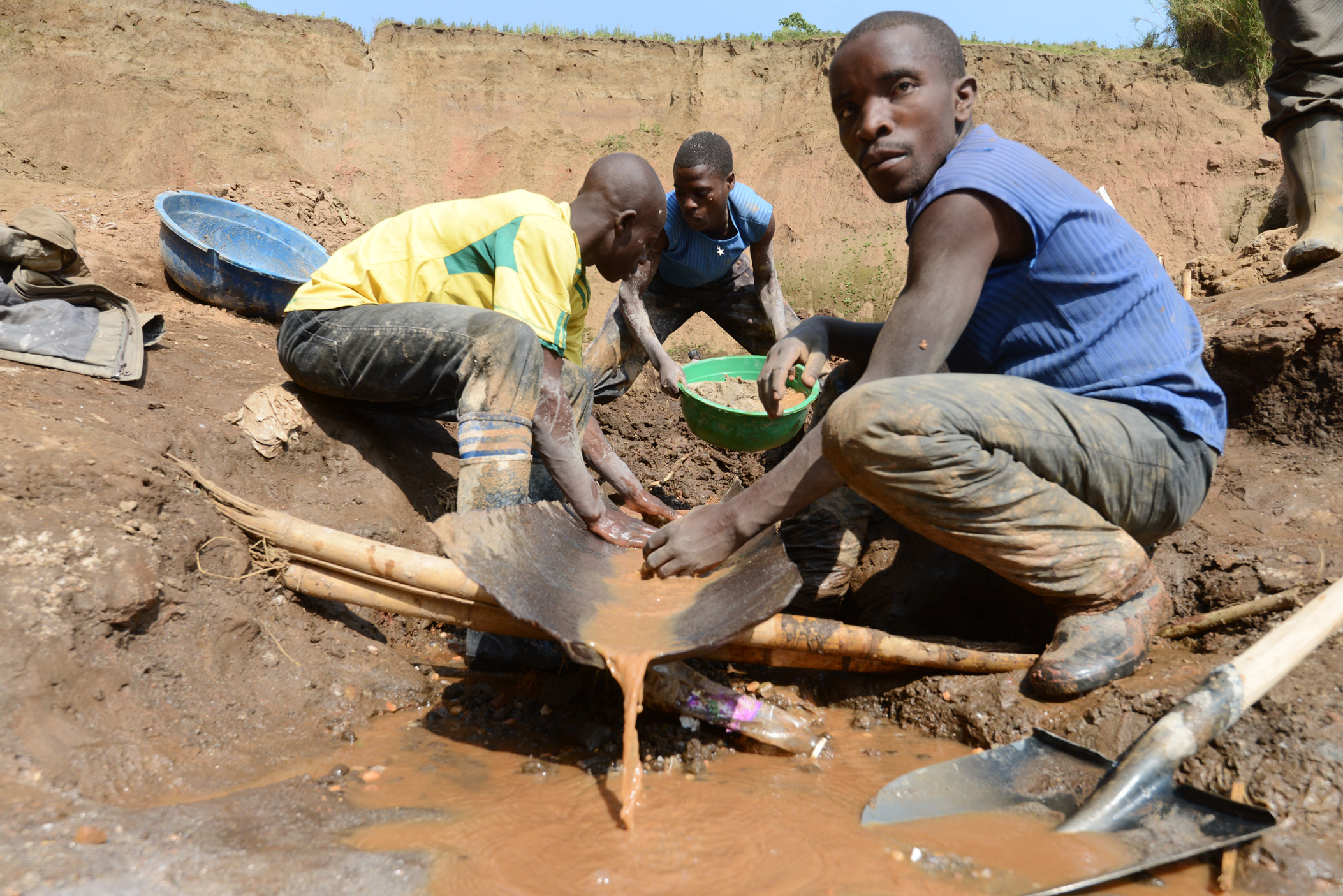
Introduction: A Strategic Resource Between Opportunities and Conflicts
How can a resource as precious as coltan transform a region into a geopolitical and economic battlefield? What mechanisms allow the persistence of illegal mineral trade in an era marked by global traceability initiatives? In the eastern Democratic Republic of Congo (DRC), the Rubaya mine illustrates the complex interactions between economic exploitation and political instability. This analysis delves into the intricate dynamics at play.
The Strategic Stakes of the Rubaya Mine
The Rubaya mine, located in North Kivu, accounts for approximately 15% of the global supply of coltan, a mineral indispensable for manufacturing capacitors used in smartphones and computers. Since April 2024, the takeover of this mine by the M23 armed group has redefined the economic and military balance of the region. According to the UN, the M23 extracts about 120 tons of coltan monthly, generating an estimated revenue of $800,000 through taxes imposed on miners and traders. These funds not only finance the group’s military activities but also bolster the Rwandan economy through smuggling networks.
To grasp the magnitude of this issue, it is crucial to note that coltan is a strategic material for global technological powers. The control of this resource by armed groups underscores the failure of international efforts to make supply chains more ethical.
Rwanda’s Role: Support or Exploitation?
Rwanda’s involvement in the conflict is substantiated by multiple UN reports. Testimonies and satellite evidence reveal the presence of 3,000 to 4,000 Rwandan soldiers fighting alongside the M23. These forces are said to have contributed to a 30% expansion of the rebels’ operational zone between April and November 2024. President Paul Kagame denies these allegations, calling them “imaginary problems” while emphasizing the presence of the Democratic Forces for the Liberation of Rwanda (FDLR), seen as a threat to Kigali.
This support also highlights broader geopolitical stakes. Through its alleged role in controlling mineral resources, Rwanda seeks to strengthen its economic influence in the region. However, this economic strategy carries the risk of diplomatic isolation as international accusations mount.
The Failures of International Traceability Mechanisms
Coltan extracted from Rubaya largely escapes certification systems, notably the International Tin Supply Chain Initiative (ITSCI), which is supposed to ensure ethical practices in the mining sector. In 2022, Global Witness had already denounced the failure of these mechanisms, highlighting the “contamination” of supply chains with conflict minerals. This reality underscores the shortcomings of global systems in the face of well-organized networks often supported by states.
A notable example is the challenging implementation of the Dodd-Frank Act in the United States, which requires the disclosure of conflict minerals in electronic products. While technology companies have adopted ethical codes, they continue to rely on opaque supply chains, leaving loopholes exploited by illegal actors.
A Terrain Mined by Unnatural Alliances
The management of coltan from Rubaya highlights paradoxical strategic alliances. The wazalendo militias, theoretically allied with the Congolese army (FARDC), have collaborated with the M23 to control trade routes. This situation reflects the failure of military and diplomatic strategies to create sustainable solutions. Faced with an underfunded army, the Congolese government relies on these local armed groups to maintain a presence on the ground.
This raises a critical question: Do these unnatural alliances, while immediately strategic, risk further eroding Congolese sovereignty over its resources?
Consequences for Local Populations
The M23’s management of Rubaya has had devastating social consequences. Residents of the region are subjected to arbitrary taxes and precarious working conditions. The “salongo,” or forced labor, has been imposed to improve road infrastructure facilitating the transport of minerals to Rwanda. These practices exacerbate an already critical humanitarian situation marked by massive population displacements and systemic human rights violations.
Children remain among the primary victims. According to Global Witness reports, child labor, despite widespread condemnation, persists in different forms in the region, compromising the future of entire generations.
Conclusion: What is the Way Forward for the Conflict?
The case of Rubaya raises fundamental questions about the responsibility of international, state, and non-state actors in managing natural resources in conflict zones. How can economic exploitation be reconciled with regional stability? What reforms could ensure genuine traceability and avoid the pitfalls of corruption?
For the DRC to benefit from its resources without descending into conflict, the international community must play a more active role. Establishing an independent monitoring mechanism, coupled with technical assistance to strengthen local institutions, could be a viable solution.
The future of Rubaya hinges on a shared political will among regional states and the international community to curb illegal flows and foster inclusive economic development. But this future remains uncertain, suspended by diplomatic and strategic choices in the years to come.
© 2025 – Odon Bulamba / ADR